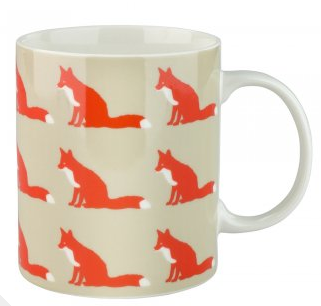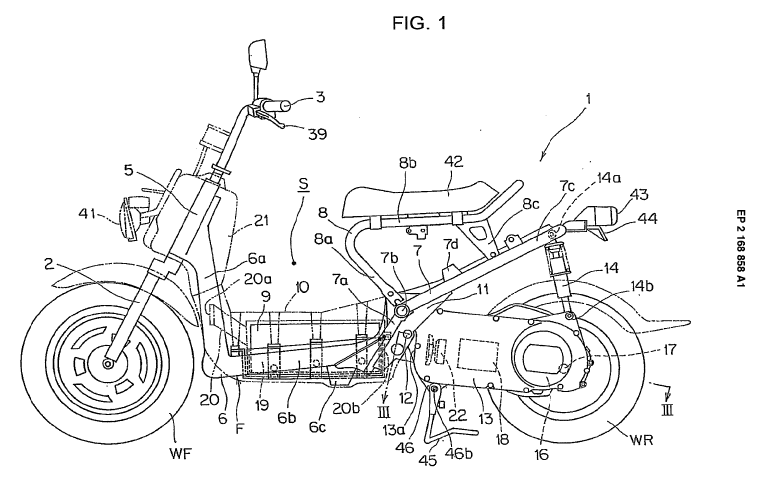
No, this isn’t about a tabloid newspaper controversy involving the rather racy Barbadian pop star. Instead it is about a recent High Court case where Rihanna took on the high street fashion chain Topshop over the use of unauthorised photos of her on their T-shirts.
The dispute centred on the issue of ‘passing off’, a fascinating aspect of Intellectual Property law due to the way it depends, not on some arcane legal technicality, but on what an ordinary person would think.
During my seven years working in the Business & IP Centre I have learnt that Intellectual Property can be immensely technical and complex, but also has aspects that rely on good old-fashioned common sense.
The test for passing off is quite simple, would an ordinary person think the item they are buying was either produced or authorised by someone other than who they thought it was. Wikipedia defines it as; The law of passing off prevents one person from misrepresenting his/her goods or services as being the goods and services of the claimant, and also prevents one person from holding out his or her goods or services as having some association or connection with the plaintiff when this is not true.
Not surprisingly the most frequent cases of passing off tend to involve household brands. In April Which? magazine conducted a survey that found ‘a fifth of Which? members have bought an own-label product by mistake because it looked so much like a big brand. They found more than 150 own-label products they thought borrowed elements of their packaging from branded competitors. Own-label ‘copycat’ products: can you spot the difference?
One of the most well-known involves the best-selling dandruff shampoo brand Head & Shoulders. They have taken numerous supermarket chains to court for producing own label shampoos which are too similar to the their brand. The supermarkets tend to mimic the shape of the Head & Shoulders bottle, their colours and font styles. Each time the supermarkets lose the case, they go back to their designers and make slight changes to their bottles, leading to another round of court action.
Next time you are in a supermarket, have a look along the shelves and see if you can see any ‘look alike’ packaging from own label brands. In my experience cereal boxes make for rich pickings. Put yourself in the shoes of the busy shopper (or in my case reluctant shopper) rushing along the aisles with only time to glance at the packages as they zoom past. It is all too easy to grab the ‘wrong’ one and drop it into your basket.
In the case of the T-shirt with Rihanna’s photo, the judge Mr Justice Birss said the “mere sale” of a T-shirt with an image of a celebrity did not automatically amount to passing off. But in this instance he thought that a “substantial number” of buyers were likely to have been deceived into buying it because of a “false belief” Rihanna had authorised it.
He said it was damaging to her “goodwill” and represented a loss of control over her reputation in the “fashion sphere”. It was for Rihanna not Topshop to choose what clothes the public thought were endorsed by her.






























